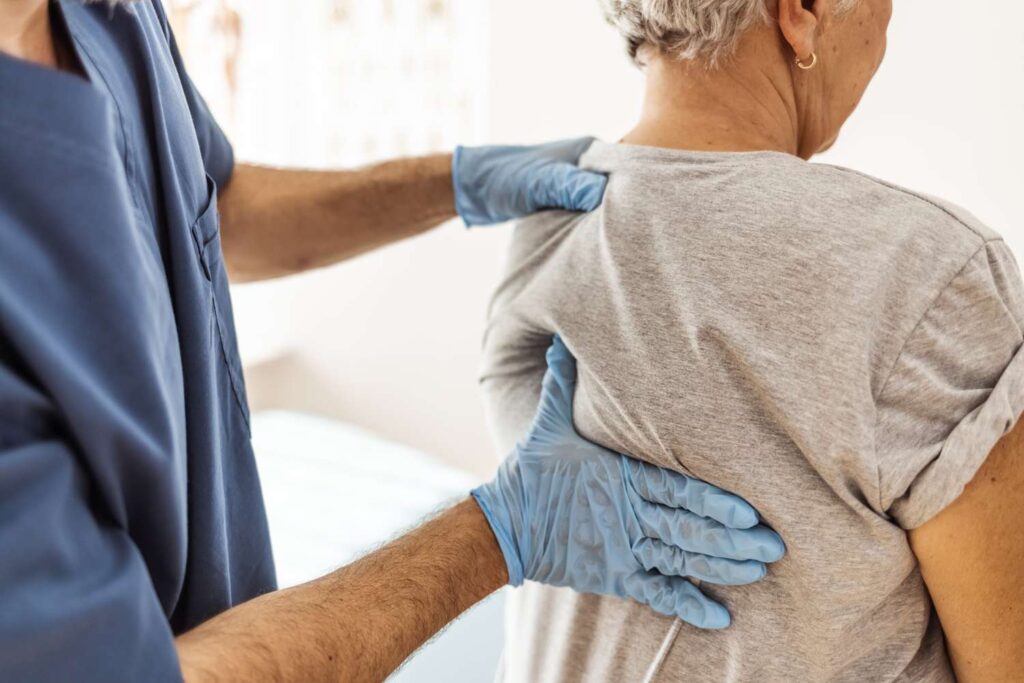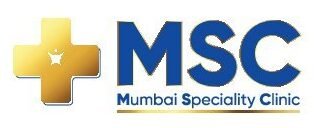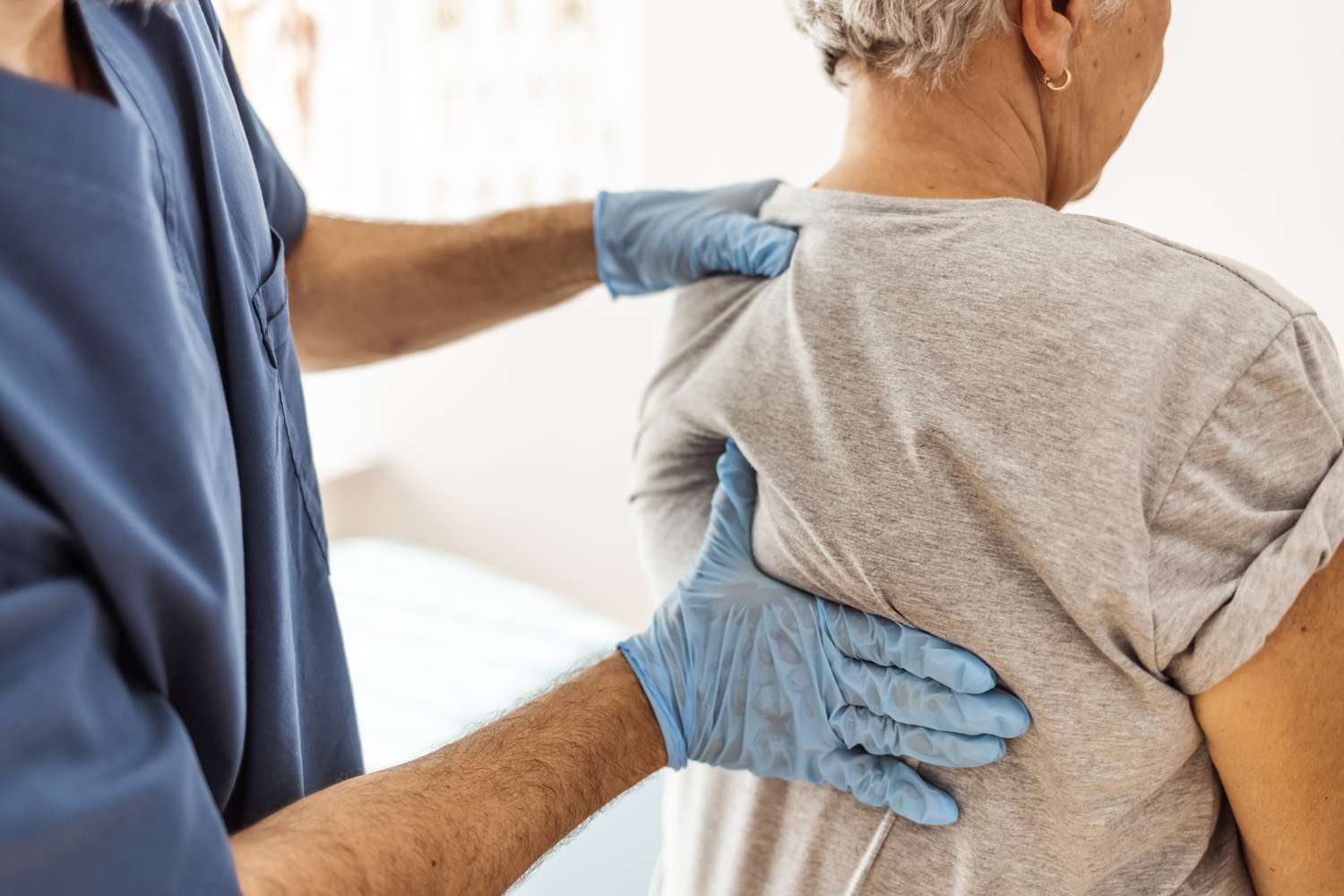
Kyphosis is a spinal disorder characterized by an excessive outward curvature of the upper back, resulting in a rounded or hunched posture. It can manifest at any age, with causes including poor posture, degenerative diseases, spinal fractures, or congenital conditions. Kyphosis may lead to back pain, stiffness, and reduced mobility. Severe cases can affect vital organs and respiratory function. Diagnosis involves clinical evaluation, imaging, and postural assessments. Treatment options range from physical therapy and exercises to correct posture, bracing in adolescents, and in severe cases, surgical intervention to stabilize the spine and alleviate symptoms, promoting improved spinal alignment.
Symptoms
Kyphosis symptoms include an exaggerated rounding of the upper back, leading to a hunched or stooped appearance. This spinal disorder can cause back pain, stiffness, and reduced flexibility. In severe cases, it may impact lung capacity and vital organs, contributing to respiratory issues. Diagnosis involves clinical evaluation, imaging studies, and postural assessments.
Causes
Kyphosis results from various causes, including poor posture, degenerative diseases like osteoporosis, spinal fractures, congenital conditions, or neuromuscular disorders. Abnormal growth or wedge-shaped vertebrae contribute to the exaggerated curvature of the upper back. Identifying the underlying cause is essential for determining appropriate treatment strategies.
Rehabilitation
Kyphosis rehabilitation focuses on correcting posture, strengthening muscles, and enhancing flexibility. Physical therapy incorporates targeted exercises to improve spinal alignment and prevent progression. Bracing may be recommended for adolescents with flexible kyphosis. Patient education on maintaining proper posture and lifestyle adjustments are integral components of effective rehabilitation.
Kyphosis F&Q
Kyphosis is a spinal disorder characterized by an exaggerated outward curvature of the upper back, resulting in a rounded or hunched posture.
Symptoms include a visibly rounded upper back, back pain, stiffness, reduced flexibility, and in severe cases, respiratory issues due to the impact on vital organs.
Kyphosis can result from various causes, including poor posture, degenerative diseases, spinal fractures, congenital conditions, or neuromuscular disorders.
Diagnosis involves clinical evaluation, imaging studies, and postural assessments to determine the extent of the curvature and identify any underlying causes.
Rehabilitation focuses on correcting posture through physical therapy, exercises to strengthen muscles, and lifestyle adjustments. Bracing may be recommended for adolescents with flexible kyphosis.
In severe cases or if the curvature progresses significantly, surgical intervention may be considered to stabilize the spine, alleviate symptoms, and improve spinal alignment.











